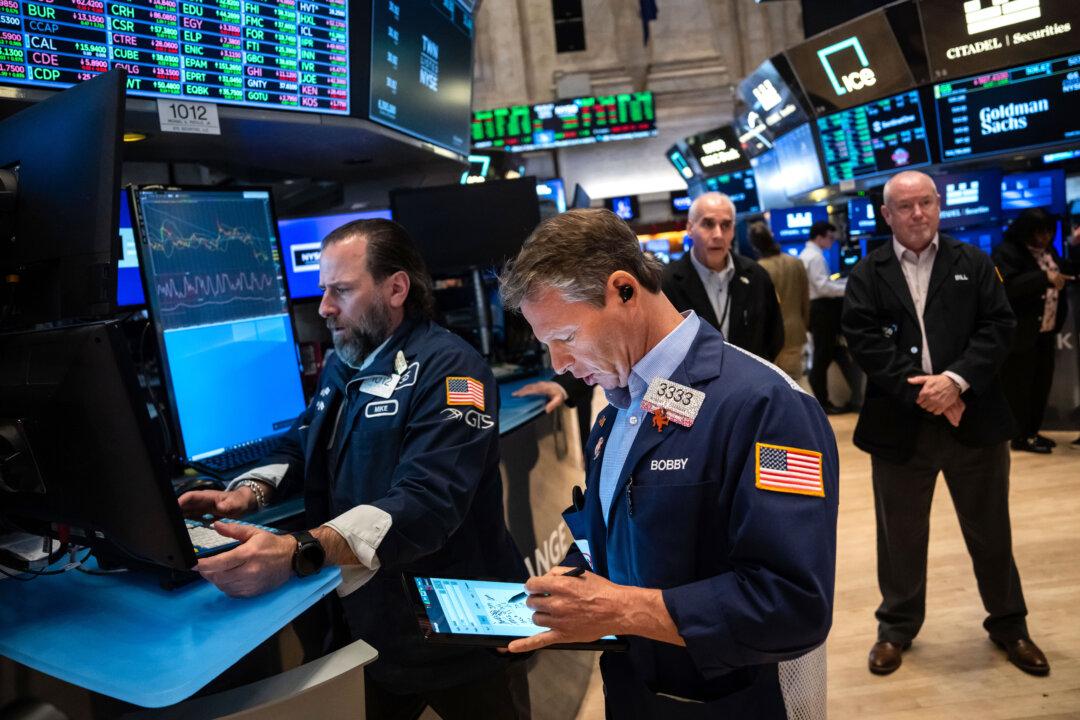Federal Reserve Chair Jerome Powell says the U.S. central bank does not “need to be in a hurry” to lower interest rates.
Powell reiterated that monetary policymakers are not in a rush to cut rates when he appeared before the Senate Banking Committee on Feb. 10 for his semi-annual monetary policy report.
Data indicate that the U.S. economy is “strong overall” and the labor market remains solid. While inflation has eased considerably over the past couple of years, progress has stalled and is still above the central bank’s 2 percent inflation goal.
According to Powell, with upside inflation risks and growth intact, the Federal Reserve can afford to be patient before restarting its rate-cutting cycle.
“With our policy stance now significantly less restrictive than it had been and the economy remaining strong, we do not need to be in a hurry to adjust our policy stance,” Powell said in his opening remarks.
“We know that reducing policy restraint too fast or too much could hinder progress on inflation.
“At the same time, reducing policy restraint too slowly or too little could unduly weaken economic activity and employment.”
In an exchange with Sen. Catherine Cortez Masto (D-Nev.), Powell stated that the Fed aims “to make more progress on inflation” before resuming rate cuts.
“We think our policy rate is in a good place,” he said.
The Fed chair will appear before the House Financial Services Committee on Feb. 12 for the second day of his semi-annual policy report.
Powell’s comments mirror previous statements he has made this year.
At the January Federal Open Market Committee (FOMC) meeting, the Fed left rates unchanged for the first time since September 2024, when officials followed through on a jumbo half-point reduction to the benchmark federal funds rate.
Since then, all three inflation measurements—the consumer price index, the producer price index, and the personal consumption expenditure price index—have risen for three consecutive months.
“It’s not unlike driving on a foggy night or walking into a dark room full of furniture. You just slow down,” the Fed chief said at a post-meeting press conference in December 2024.
As a result, the financial markets do not expect any policy action for a few months.
A higher-for-longer climate could keep U.S. Treasury yields elevated. Although the Fed controls short-term interest rates, its monetary actions, like the benchmark 10-year bond, can influence long-term interest rates. Various factors can affect Treasury yields, including inflation expectations, economic conditions, supply-demand dynamics in the bond market, and fiscal policy.
Despite the Fed cutting interest rates and signaling more easing ahead, yields have traversed in the opposite direction.
This has disappointed many consumers as the high-rate climate has left borrowing costs for mortgages, automobile loans, and credit cards high.

Shortly after Inauguration Day, President Donald Trump said he would demand the Fed to lower interest rates.
Following last month’s policy meeting, the president lambasted the central bank for holding rates steady.
The White House has taken a different view on interest rates.
Speaking in an interview with Fox Business host Larry Kudlow, Treasury Secretary Scott Bessent acknowledged that Trump’s economic agenda could be enough to bring down interest rates.
Powell Will Not Comment on Tariffs
Powell told lawmakers it would be inappropriate for him to comment on tariff policy.Trump recently signed trade proclamations imposing 25 percent tariffs on all steel and aluminum imports.
The president also signaled that he could implement reciprocal tariffs sometime this week.
Several Fed officials have urged their colleagues to consider the potential impact of the Trump administration’s possible tariff plans on inflation.
Chicago Federal Reserve President Austan Goolsbee, speaking at an auto symposium in Detroit last week, stated that the institution would need to determine whether rising inflation or stalled progress in 2025 stems from an overheating economy or tariffs.
“That distinction will be critical for deciding when or even if the Fed should act.”
Susan Collins, head of the Boston Federal Reserve, believes that wide-ranging tariffs will likely influence prices in various ways.
“We don’t know what the time frame would be that would cause a rise in a price level.”







